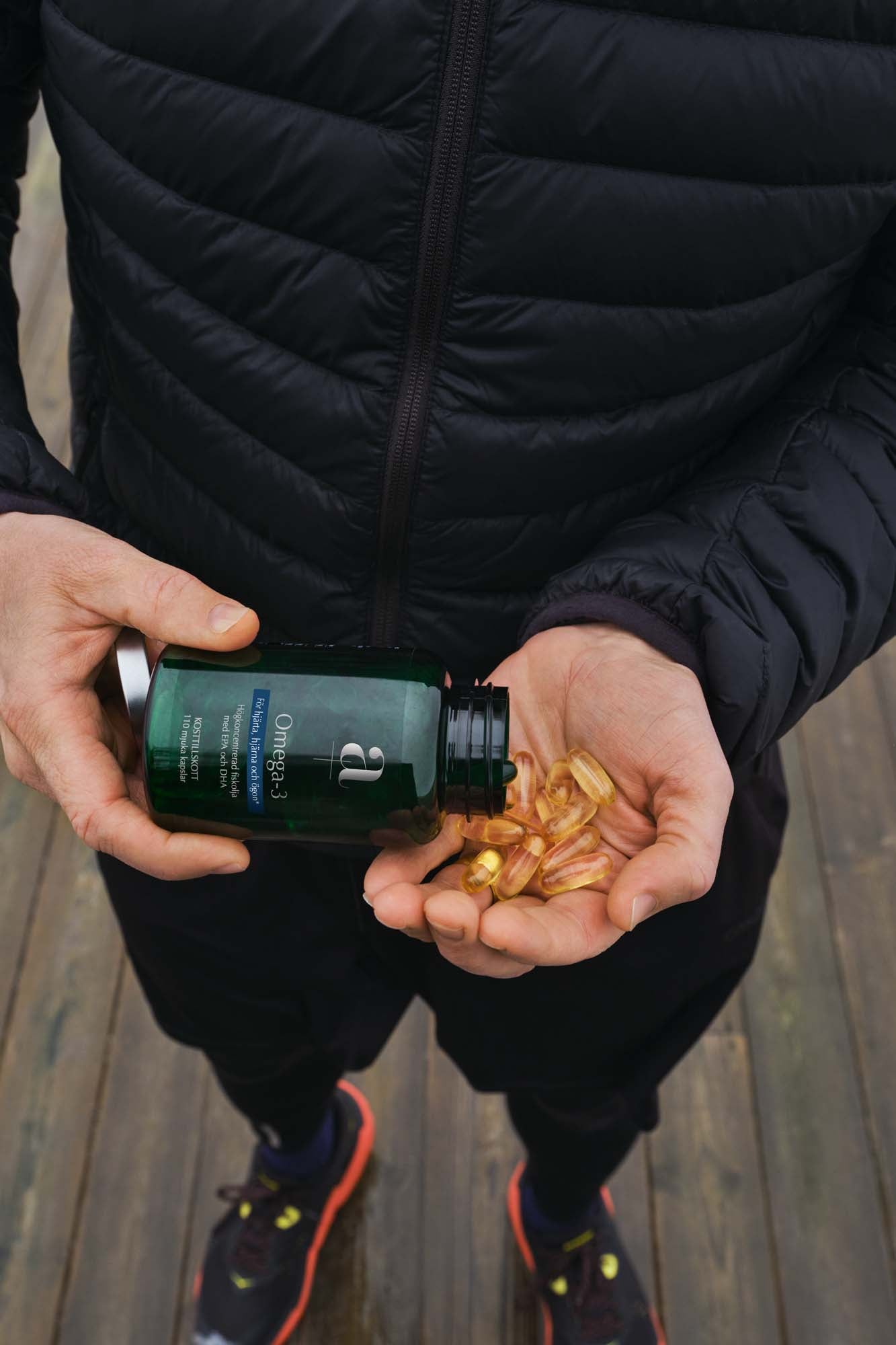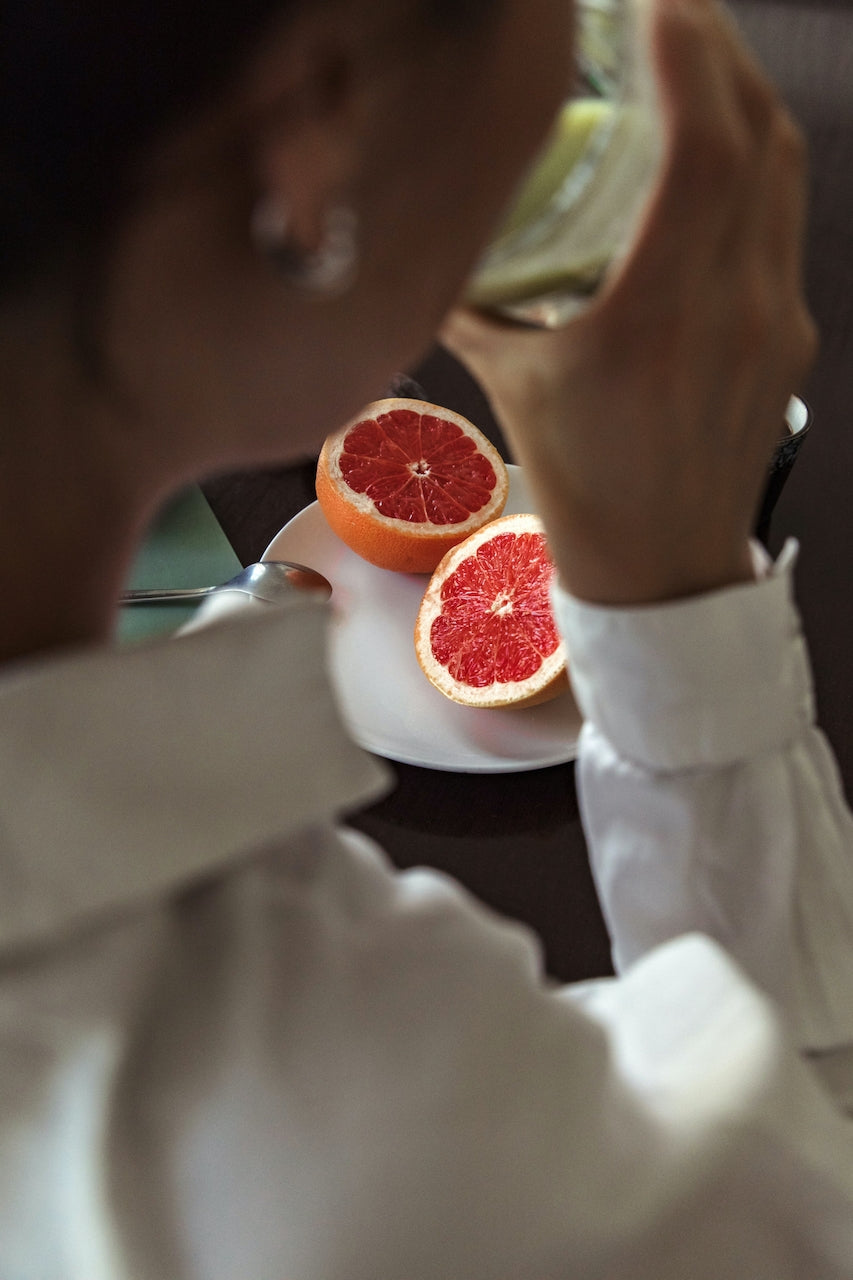Tomatoes, grapefruit and watermelon
Tomatoes are an excellent source of lycopene, an antioxidant pigment belonging to the carotenoids, which may play a role in protecting against sunburn. In one study, sun-damaged skin was significantly lower among those who consumed a small amount of tomato paste daily for 10 weeks. If you consume about three tablespoons of tomato paste every day for 10 weeks, you can see towards the end of the period that the skin does not show the same level of sun damage. While fresh tomatoes are otherwise beneficial, lycopene is actually better absorbed when tomatoes are cooked, especially with olive oil. Other lycopene-rich foods include pink grapefruit and watermelon.
Sweet potatoes and spinach
Sweet potatoes and spinach are rich in beta-carotene, another carotenoid that helps reduce skin redness when exposed to UV light. Spinach is also loaded with lutein, another skin-protecting carotenoid.
Berries, pomegranate and grapes
The following berries and fruits offer sun-protective polyphenols: raspberries, strawberries and pomegranate provide ellagic acid, while red grapes are rich in resveratrol.
Oranges, grapefruit and kiwi
Oranges, grapefruit and kiwi are loaded with vitamin C, which protects against free radical damage from the sun that can cause skin aging. In one study, a higher intake of vitamin C was associated with fewer wrinkles and reduced dryness.
Fat fish
According to research, a diet rich in omega-3 from fish oil can reduce the risk of getting sunburned. Salmon, sardines, herring and trout are all excellent sources of omega-3.
Flax seeds and walnuts
Plant-based omega-3 fats are also important for skin health. They prevent moisture loss from cells, keeping the skin supple, and they are a source of the skin-protecting antioxidant vitamin E.










